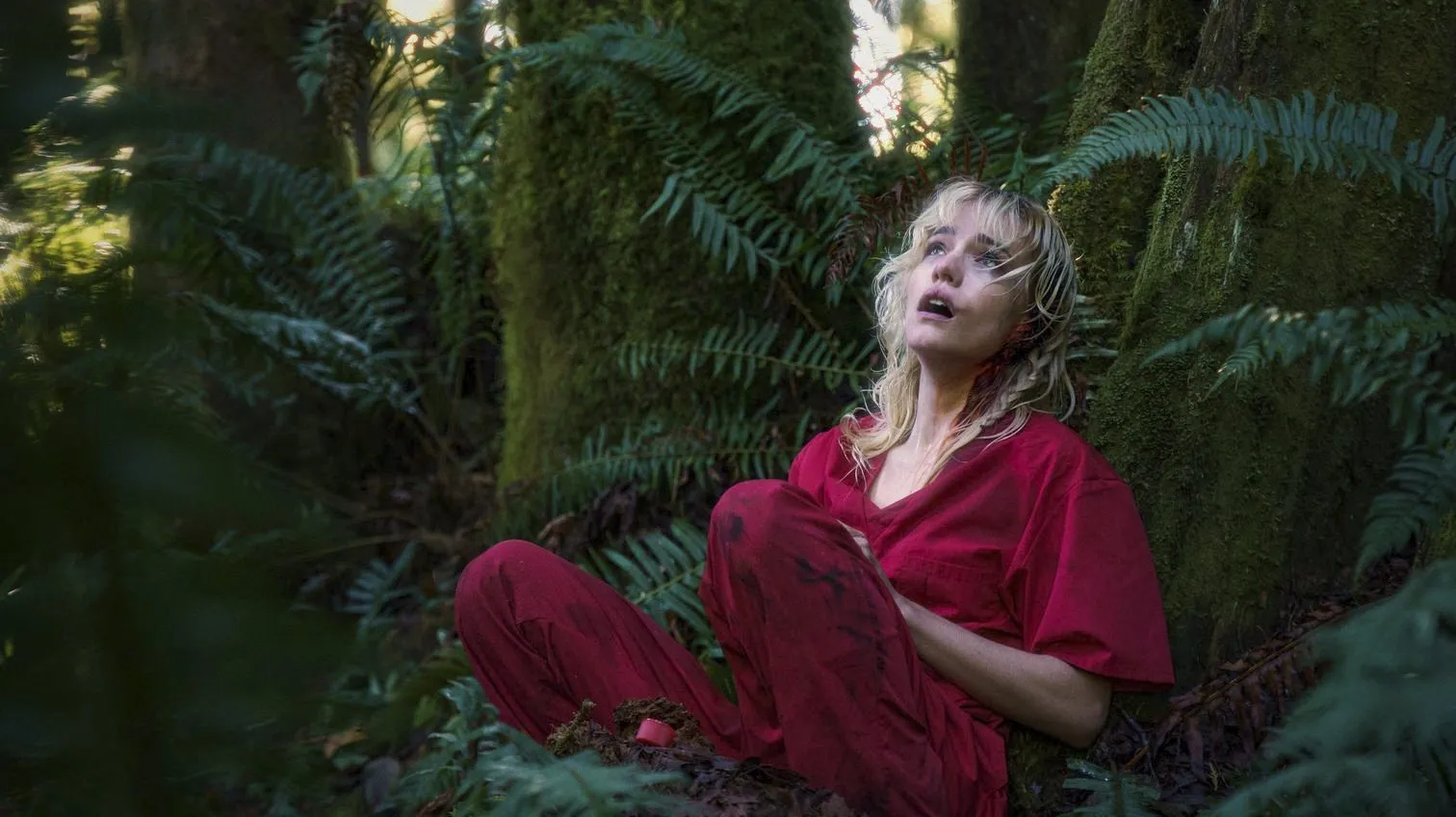The indie horror film Strange Darling initially received critical acclaim when it premiered in select theaters last summer, but its limited theatrical release meant that it never reached a broad audience. Despite positive reviews, many moviegoers missed the chance to see it in cinemas.
Now, the film is finding a new life on streaming platforms, available to subscribers on Paramount+ and Showtime. As more viewers discover it, Strange Darling is slowly gaining recognition for its stylish and violent approach to the thriller genre, building a cult following among horror enthusiasts. Its unique storytelling and unpredictable plot have made it an appealing watch for fans of suspenseful, unconventional cinema.
Written and directed by JT Mollner, Strange Darling features Willa Fitzgerald as a mysterious woman on the run and Kyle Gallner as the dangerous man pursuing her. One of the defining characteristics of the film is its nonlinear structure, which presents events out of chronological order.
This narrative approach challenges the audience to actively piece together the story as it unfolds. While some viewers might initially feel disoriented by the jumps in time, the film uses title cards to indicate “Chapter 2” or “Chapter 5,” providing context for the shifting sequences. This structure heightens the suspense and ensures that even repeated viewings reveal new details about the characters’ motives and actions.
Lady Appears Helpless but Conceals True Identity While Manipulating Demon and Challenging Assumptions
The film opens with a text scrawl that frames the story as a dramatization of a “true story” about a prolific American serial killer operating between 2018 and 2020, spanning locations from Denver, Colorado, to Hood River Country, Oregon. In reality, this is purely fictional, serving to set the tone and atmosphere.
Early in the movie, viewers meet Lady, played by Fitzgerald, who appears to be fleeing for her life from a man with a gun named Demon, played by Gallner. Initially perceived as a potential victim of a serial killer, Lady’s role in the story is deliberately ambiguous, encouraging the audience to question what is real and what is staged. The tension is further heightened by their intense and violent encounters, which blur the lines between play-acting and genuine danger.

As the plot unfolds, the film gradually reveals that Lady is not the victim she initially seems. She meets Demon in a bar and explains that she wants to engage in BDSM-style roleplay, asking him to act as a killer during their encounters. This twisted dynamic establishes a complex psychological game between the two characters.
Lady drugs Demon with ketamine and tortures him, only to discover that he is actually a cop investigating her as the notorious “Electric Lady” serial killer. This revelation reframes the entire story, showing that the supposed predator is actually pursuing a far more dangerous and cunning individual. The audience is forced to reconsider their assumptions about the characters’ roles in the narrative.
Lady Escapes, Kills, and Faces Consequences While Manipulating Others to Survive
The tension escalates when Lady tries to kill Demon, only to be wounded in the ear during their struggle. She uses her perceived vulnerability to her advantage, disguising herself and fleeing into the woods, where she encounters an eccentric doomsday prepper couple. The couple initially offers assistance, but Lady kills one of them while continuing to evade the Demon.
The sequence builds suspense with inventive tactics and brutal confrontations, culminating in Lady overpowering Demon and arranging the scene to appear as though she were the victim. Her cunning and ruthlessness are central to the film’s narrative, emphasizing the psychological depth and moral ambiguity of the protagonist.
In the final sequences, Lady manipulates the authorities, once again presenting herself as a victim. When confronted by Genevieve, the surviving prepper, Lady kills her, but spares a female officer as a form of gratitude. Lady’s interactions with the male cop reveal her distorted worldview, as she perceives others as devils, justifying her murders.
Ultimately, the film concludes with Lady’s death at the hands of a prepared Good Samaritan, who shoots her in self-defense. This ending reinforces the cyclical nature of her violence, as she repeatedly exploits others’ compassion until finally meeting her match.
The film concludes with a post-credits audio scene featuring a podcast about Sasquatch in the American West, voiced by cinematographer Giovanni Ribisi. While it serves as a stylized, atmospheric addition, it also hints that Lady’s killing spree may have fueled rumors of a mythical creature terrorizing the woods.
This playful ambiguity encourages viewers to speculate about the full scope of her crimes, adding a layer of dark humor and narrative depth. By combining inventive storytelling, non-linear structure, and psychological tension, Strange Darling establishes itself as a distinctive and memorable entry in indie horror.



